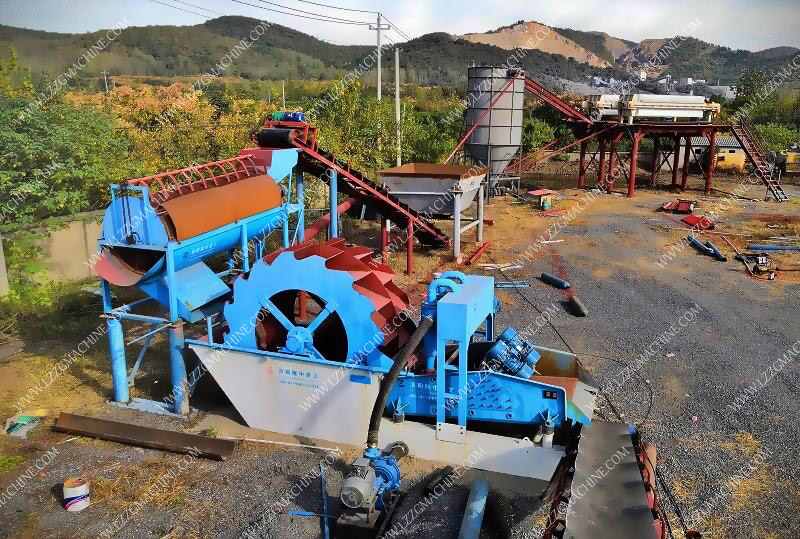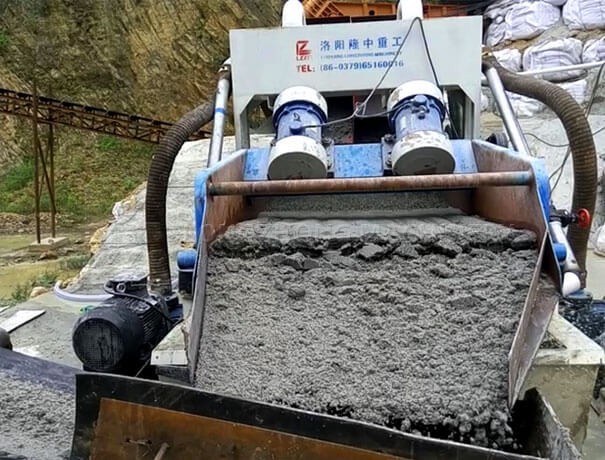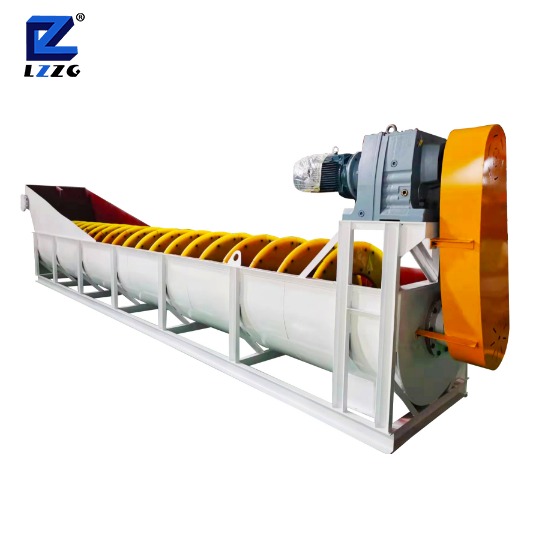Removing clay and impurities from phosphogypsum
 July.26,2021
July.26,2021
Phosphogypsum is the waste residue discharged from the production of phosphoric acid. Its main composition is CaSO42H20. Unlike natural gypsum, phosphogypsum contains phosphorus, fluorine, organic matter and a small amount of radioactive substances. The residual phosphoric acid in the phosphogypsum makes the phosphogypsum acidic, and the pH value is generally below 4.5. Although the content of impurities in phosphogypsum is not high, the presence of impurities seriously affects the quality of phosphogypsum products and hinders the resource utilization of phosphogypsum.
1. Impurities in phosphogypsum
The impurities in phosphogypsum include phosphorus-containing compounds, fluorides, organics and other impurities.
2. Pretreatment method of phosphogypsum
There are two pretreatment methods of phosphogypsum, physical method and chemical method.
(1) Physical Law
The physical methods for pretreatment of phosphogypsum include water washing, flotation, ball milling, and wet screening. Among them, the water washing method is the most commonly used and most effective method.
The flotation method can remove organic matter and some impurities, and the impurity removal effect is inferior to the water washing method, but the water used can be recycled and the amount of sewage generated is low. The ball milling method is to change the structure of phosphogypsum through physical methods, so that the coarse and uniform dihydrate gypsum crystal particles in the phosphogypsum are transformed into particles with various shapes and smaller particle diameters.
(2) Chemical method
The chemical method of pretreatment of phosphogypsum is based on the principle of adding certain chemical substances to phosphogypsum to convert impurities in phosphogypsum into precipitates or other easily soluble compounds. Commonly used chemical methods include: using lime water or ammonia water to clean phosphogypsum and neutralizing the residual phosphoric acid in phosphogypsum; using citric acid solution to convert impurities such as phosphorus and fluorine in phosphogypsum into citrate that can be easily washed with water; Use H2SO4 solution to dissolve P2Os in phosphogypsum, and then wash it away with water to reduce the phosphorus content.
3. Ways of resource utilization of phosphogypsum in the field of building materials
In the field of building materials, there are many ways to utilize phosphogypsum as a resource, including the production of plaster of paris, gypsum board, gypsum wall material, phosphogypsum slag composite cementing material, and phosphogypsum-based self-leveling mortar.
The phosphorus, fluorine, organic matter and other impurities contained in phosphogypsum, as well as radioactive elements, greatly limit the scope of resource utilization of phosphogypsum. The pretreatment method should be determined according to the type and content of impurities contained in the phosphogypsum, and usually a chemical method combined with a water washing method is better. The high-temperature calcination method can better remove impurities, but its high energy consumption will increase the pretreatment cost.





